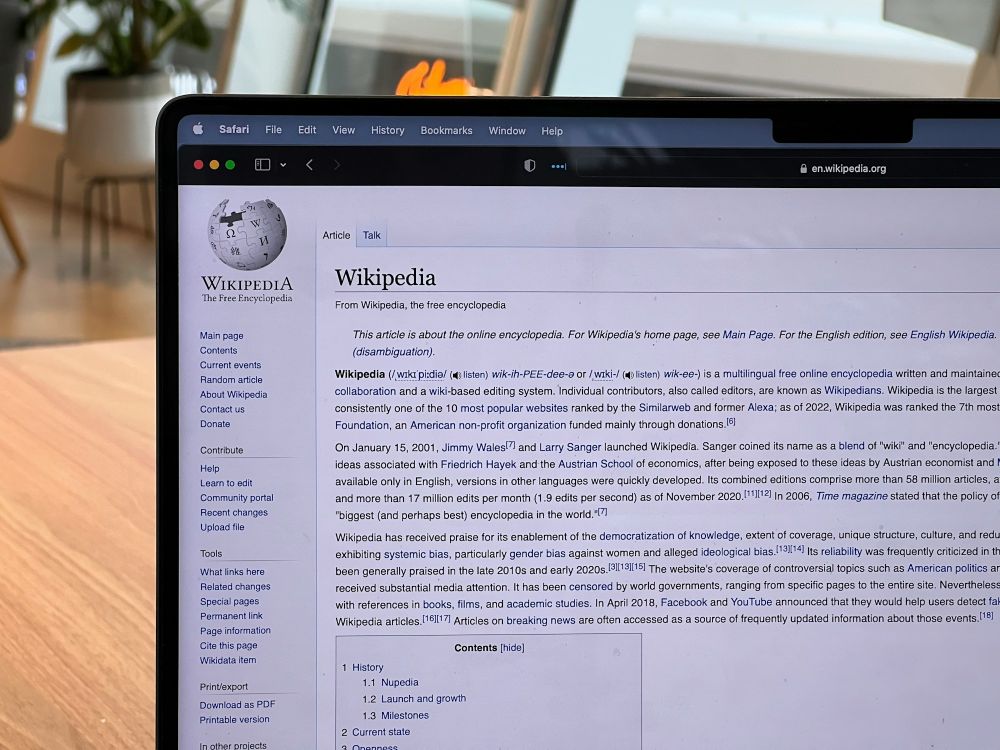
Views do not represent University of Nebraska

🦉 🧪
www.tandfonline.com/doi/full/10....


🦉 🧪
www.tandfonline.com/doi/full/10....

www.nature.com/articles/s43...
Leny Montheil et al. (2025) @commsearth.nature.com, including @vanhinsbergen.bsky.social
Please check out the quoted post for an overview of this new paper! 👇🏻
🧪 ⚒️
#PaleoSky
www.nature.com/articles/s43...
Leny Montheil et al. (2025) @commsearth.nature.com, including @vanhinsbergen.bsky.social
Please check out the quoted post for an overview of this new paper! 👇🏻
🧪 ⚒️
#PaleoSky
A bunch of early career scientists is here to explain something that even Wright and Fisher couldn't agree on, the (not so) simple question of what is inbreeding.
link.springer.com/article/10.1...

A bunch of early career scientists is here to explain something that even Wright and Fisher couldn't agree on, the (not so) simple question of what is inbreeding.
link.springer.com/article/10.1...

Led by Sarah Khalil, we took a genomic approach to investigate the hybrid zone between different-colored Red-backed Fairywren subspecies. We found some interesting candidate genes under selection. Check it out! academic.oup.com/evolut/advan...

Led by Sarah Khalil, we took a genomic approach to investigate the hybrid zone between different-colored Red-backed Fairywren subspecies. We found some interesting candidate genes under selection. Check it out! academic.oup.com/evolut/advan...
How does genetic architecture constrain evolutionary trajectories? To address this question, we inferred the genetic architecture of convergent plumage coloration and its evolutionary history in wheatears.

How does genetic architecture constrain evolutionary trajectories? To address this question, we inferred the genetic architecture of convergent plumage coloration and its evolutionary history in wheatears.
I use it as my first-go-to knowledge base resource.
Follow the trail of citations to primary sources.
It's good.

I use it as my first-go-to knowledge base resource.
Follow the trail of citations to primary sources.
It's good.
A shared starting point for reproducible evolutionary simulations.
Huge thanks to coauthors Ben Haller, @mufernando.bsky.social & Philipp Messer.
🔗 www.pivotscipub.com/hpgg/5/4/0006


A shared starting point for reproducible evolutionary simulations.
Huge thanks to coauthors Ben Haller, @mufernando.bsky.social & Philipp Messer.
🔗 www.pivotscipub.com/hpgg/5/4/0006


wizardzines.com/comics/termi...
(from "The Secret Rules of the Terminal", out now! wizardzines.com/zines/termin...)

wizardzines.com/comics/termi...
(from "The Secret Rules of the Terminal", out now! wizardzines.com/zines/termin...)

JSTOR now have a free account with an Independent Researcher category. You can access 100 documents per month
www.jstor.org/action/showL...

www.nature.com/articles/s41...

www.nature.com/articles/s41...


link.springer.com/article/10.1...

link.springer.com/article/10.1...

1/
1/

🔗 doi.org/10.1093/molbev/msaf191
#evobio #molbio

🔗 doi.org/10.1093/molbev/msaf191
#evobio #molbio

